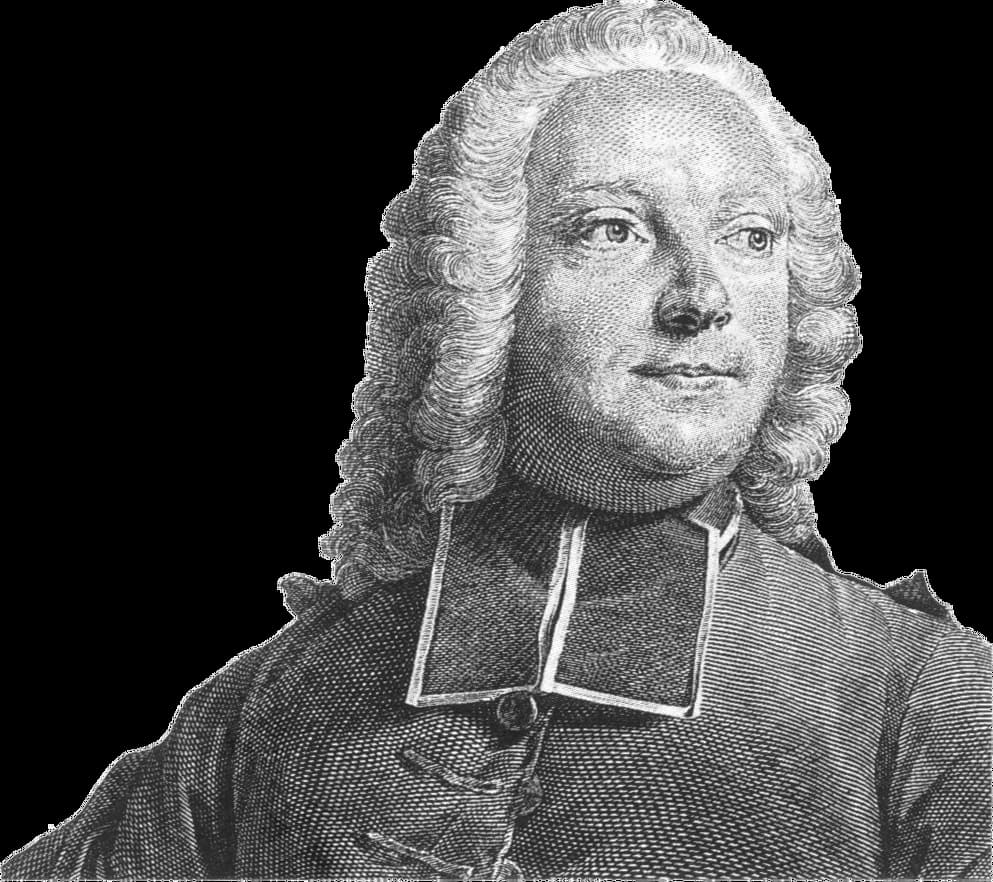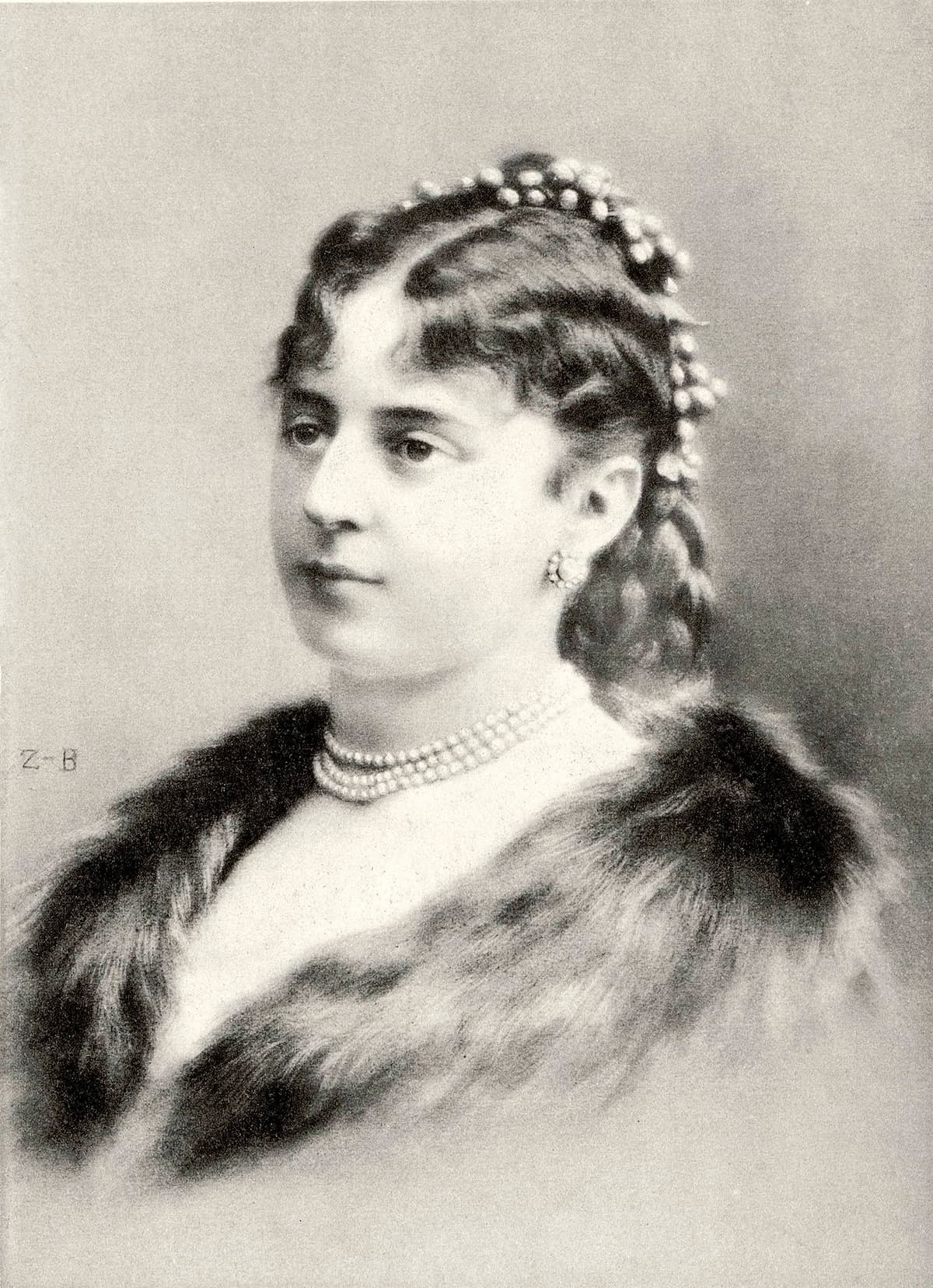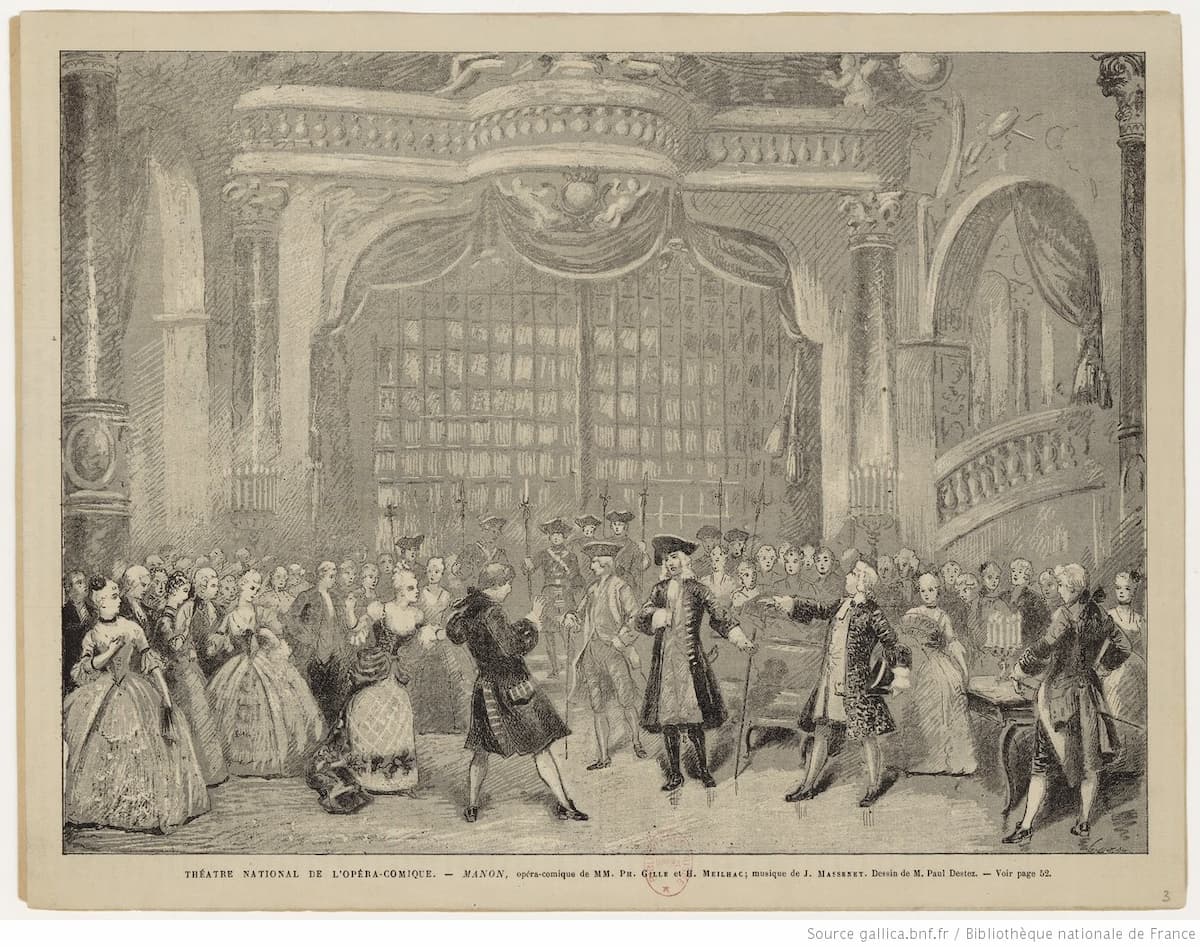With his character “Manon,” Jules Massenet created a portrait of the eternal feminine. As has been pointed out, this male view of seductive womankind “the generous, ambitious, pleasure-loving good-time girl who delivers the goods and expires of nothing so much as sheer exhaustion, but not before having repented of the sins required of her and sworn eternal constancy to her faithful male lover,” is decidedly one-sided. However, this has not prevented all lyric sopranos of note queuing up to sing the role.
Jules Massenet: Manon, “Je suis encore étourdie”
The Libretto

Jules Massenet
In 1876, Jules Massenet suggested to the French dramatist and opera librettist Henri Meilhac a collaboration on a setting of the novel Manon Lescaut by Abbé Prévost. Prévost had briefly been a member of a strict Benedictine order but eventually decided to spend the rest of his life in exile. Manon Lescaut is the seventh and last part of a sequence entitled, Mémoires et aventures d’un homme de qualité, written in London and published in Amsterdam.
That particular subject has already been set to music by Fromental Halévy as a ballet in 1830, and by Daniel Auber for an opéra comique in 1856. As Massenet writes in his autobiography, “The idea of writing this work had haunted me for a long time… How pleased I was in this collaboration with Meilhac, and Philippe Gille shared in this useful alliance from time to time.” The final libretto simplifies the plot and avoids all elements of social criticism, with the scene of Manon’s death transferred from the swamps of Louisiana to a road in Le Havre.
Jules Massenet: Manon, “Ah! fuyez, douce image”
The Plot

Abbé Prévost
The plot is set during the reign of French King Louis XV in 1721. The beautiful young Manon is destined for a convent, but she elopes with the Chevalier des Grieux. The lovers are discovered in Paris by Manon’s brother Lescaut and De Bretigny, who also loves Manon. Informed that Des Grieux has little money, Manon is persuaded to accept De Bretigny as her lover. When Manon later learns that Des Grieux is about to take the vows of a priest, her love resurfaces, and she hastens to the church of St. Sulpice.
Des Grieux yields to her will, and the pair return together to their old, indulgent ways. In a gambling salon, Des Grieux wins a considerable sum from Guillot, who accuses Des Grieux of cheating and denounces Manon as his accomplice. The couple is jailed, and while Des Grieux is released owing to his father’s influence, Manon is condemned to deportation.
Des Grieux and Lescaut make desperate efforts to rescue her, but when they succeed, it is too late. As Des Grieux clasps Manon in his arms, she implores pardon for her past follies and errors, avows her real love for him, and dies.
Jules Massenet: Manon, “St. Sulpice Scene”
In Search of “Manon”

Marie Heilbronn
The opera was completed in the spring of 1883, and all the male roles were quickly cast. However, it became a struggle to find the heroine and Massenet writes, “Many had talent, it was true, and even great fame, but I did not feel that a single artist answered for the part as I wanted it and could play the perfidious darling Manon with all the heart, I had put into her.” The first Manon turned out to be the young singer Mme. Vaillant Couturier, and Massenet became “obsessed with her looks and attractive vocal qualities,” but she was under contract and not available.
By sheer coincidence, Massenet got in touch with Marie Heilbronn, the Belgian operatic coloratura soprano who had already featured in his opera La Grand’Tante in 1867. Heilbronn had essentially retired from the stage, but read through the score in the small hours of the morning. Massenet reports, “When I sang the final bars of Manon’s death, Heilbronn was moved to tears. I heard her sigh through her sobs, “It is my life…that is my life.”
Jules Massenet: Manon, “Je marche sur tous les chemins”
The Premiere

Massenet’s Manon at the National Theater of the Opera Comique, Paris, 1884
The work premiered on 19 January 1884, and Marie Heilbronn was the official first Manon. To be sure, it was a huge success. When Massenet died in 1912, the Opéra Comique alone had staged seven hundred performances, and that number would rise to 2,000 by 1950. Within a year of the premiere, the opera played in Liverpool in the UK and at the Academy of Music in New York. The conductor Thomas Beecham famously stated, “I would give the whole of Bach’s Brandenburg Concertos for Massenet’s Manon and would think that I had profited by the exchange.”
Manon is the quintessential example of the charm and vitality of the music and culture of the Parisian Belle Époque. The musical style is essentially retrospective, and the mélodrame is faultlessly handled at a technical level. There are only a few lines of spoken dialogue, and with an over-reliance on narrative values, the work is nearly three hours long. For scholars, “Manon is essentially a highlight opera lacking cohesion and economy, but those highlights were seldom surpassed in the composer’s oeuvre.”
For more of the best in classical music, sign up for our E-Newsletter
